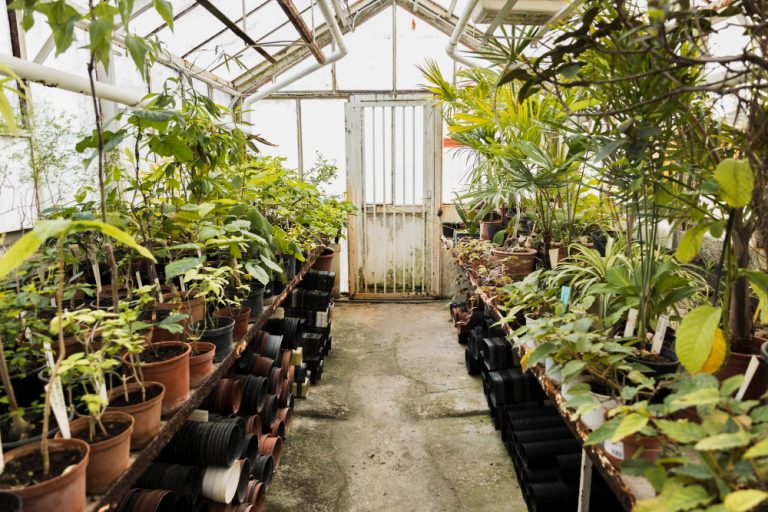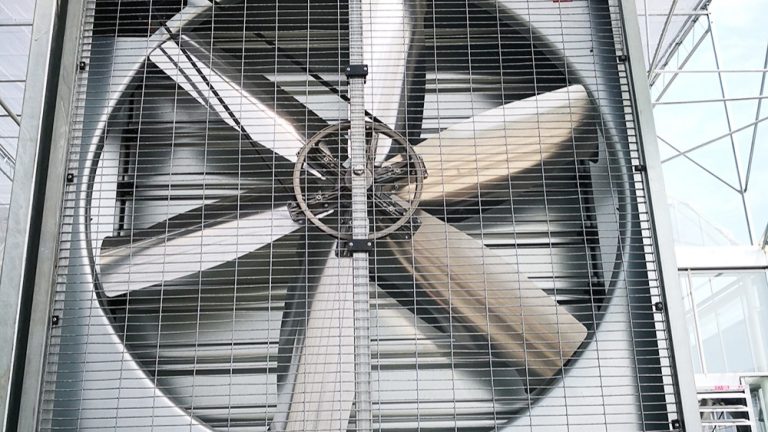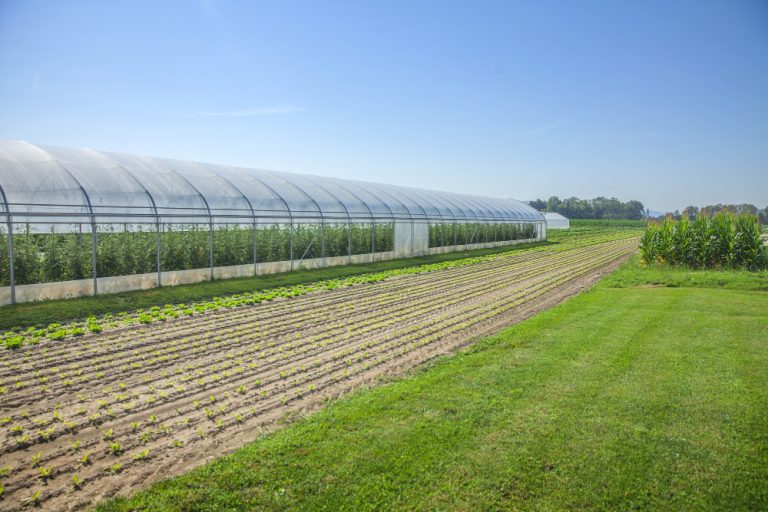Greenhouses play a significant role in modern agriculture, offering numerous advantages that enhance productivity, sustainability, and efficiency. Here are the key points that highlight the importance of greenhouses in agriculture:
1. Extended Growing Seasons
Greenhouses provide a controlled environment that allows crops to grow throughout the year, regardless of external weather conditions. This extends the growing season, especially in regions with harsh winters or unpredictable weather patterns, enabling farmers to grow crops during off-seasons and increase overall yields.
2. Improved Crop Yields
By maintaining optimal conditions for plant growth (temperature, humidity, light, and ventilation), greenhouses maximize crop productivity. Plants in greenhouses are less stressed by environmental fluctuations, leading to healthier plants and higher-quality produce.
3. Resource Efficiency
Greenhouses help optimize resource use, particularly water, light, and nutrients. With precise control over irrigation systems and the ability to recycle water, greenhouses use water more efficiently, which is especially important in areas where water resources are limited.
4. Protection from Pests and Diseases
Greenhouses create a barrier against many common agricultural pests and pathogens, reducing the need for pesticides. By limiting exposure to the outside environment, the chances of disease transmission are lowered, leading to healthier crops and reduced chemical usage.
5. Increased Crop Diversity
Greenhouses enable the cultivation of crops that would not normally thrive in the local climate. For example, tropical and subtropical crops like tomatoes, cucumbers, or peppers can be grown in temperate regions. This promotes agricultural diversification and gives farmers the opportunity to grow high-value crops that may otherwise be impossible to cultivate outdoors.
6. Reduced Environmental Impact
Greenhouses can contribute to more sustainable farming practices. By reducing the need for chemical inputs (pesticides, fertilizers), optimizing water usage, and decreasing the carbon footprint of transporting out-of-season produce, greenhouses can help reduce the environmental impact of agriculture.
7. Increased Food Security
Greenhouses can contribute to food security by ensuring a steady supply of fresh, locally grown produce year-round. This reduces reliance on imported goods, which can be vulnerable to price fluctuations and supply chain disruptions. Greenhouses also allow farmers to grow crops in areas with less-than-ideal soil or weather conditions.
8. Higher Quality Produce
Greenhouses offer the ability to grow crops in a more controlled environment, resulting in higher-quality produce. Crops can be protected from extreme weather conditions, pests, and diseases, leading to fewer blemishes, better flavor, and more aesthetically pleasing fruits and vegetables.
9. Enhanced Energy Efficiency
Many modern greenhouses are equipped with energy-efficient technologies, such as solar panels, thermal screens, and geothermal heating systems. These innovations help reduce the energy consumption of greenhouses, making them more cost-effective and sustainable in the long term.
10. Reduced Transportation Costs
Greenhouses allow for local food production, reducing the need to transport crops long distances. This not only lowers transportation costs but also reduces the carbon emissions associated with the movement of goods.
11. Research and Innovation
Greenhouses are often used for agricultural research, providing a controlled space to experiment with new crops, growing techniques, and agricultural technologies. They allow scientists to explore innovations in areas like soil health, pest management, and crop genetics.
12. Controlled Fertilization
In greenhouses, fertilization can be more precisely managed. With advanced systems like hydroponics or aeroponics, nutrients can be delivered directly to the plants’ roots, optimizing growth and reducing the amount of fertilizer used.
13. Local Production of High-Value Crops
Greenhouses are ideal for growing high-value crops such as herbs, lettuce, strawberries, and flowers, which often require a more controlled environment. These crops can command higher market prices, increasing the profitability of greenhouse farming.
14. Adaptability to Urban Agriculture
Greenhouses are well-suited for urban farming, allowing cities to grow food locally and reduce the reliance on rural farming areas. They can be set up on rooftops, in vacant lots, or even in urban centers, contributing to urban food systems and promoting sustainability in cities.
15. Climate Change Adaptation
As climate change leads to more unpredictable weather patterns, greenhouses offer a way to adapt to changing conditions. They allow farmers to grow crops in a stable environment, even in regions where climate variability threatens traditional farming methods.
In conclusion, greenhouses are an essential tool in modern agriculture, offering solutions to many of the challenges posed by climate change, resource scarcity, and food security. They increase agricultural productivity, reduce environmental impact, and make it possible to grow a wide variety of crops in a controlled, efficient, and sustainable manner.




